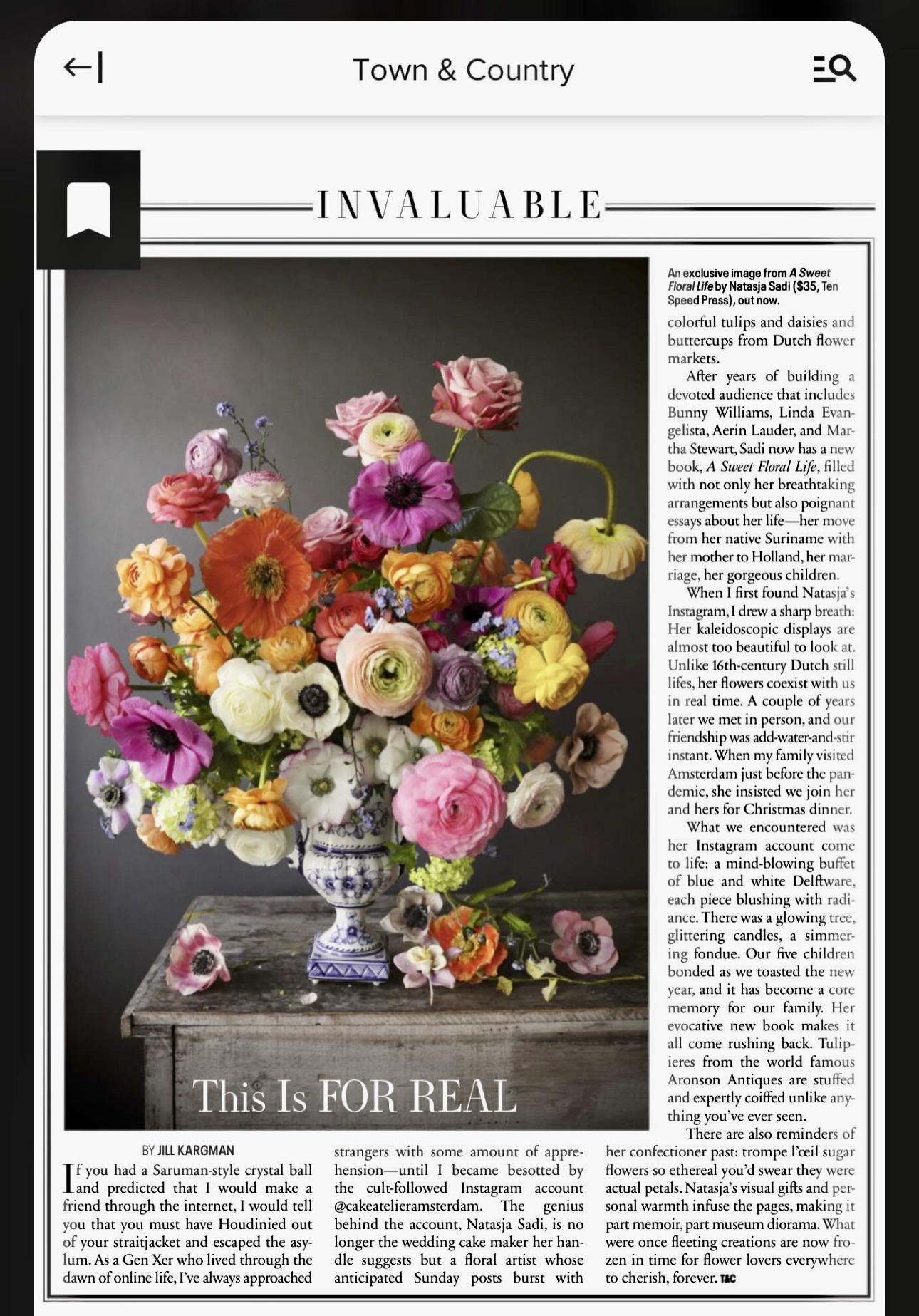By Heidi Ellison
March 14-15, 2009
Robert Aronson’s enthusiasm for his specialty, Dutch Delftware, is contagious. “This is our strongest and most diverse collection in many years,” he says, and that’s saying something, since the Amsterdam-based family business, Aronson Antiquairs, has been in operation for 128 years.
One of the many standouts Aronson is showing at Tefaf is a monumental oval-shaped blue and white Delft flower vase (c. 1690-1700) from Drayton House in Northamptonshire, England. “This is exciting first of all because of its size,” he says. “It’s one of the bigger vases known.” He has managed to trace its whereabouts from the moment it was purchased in Delft as it passed through various aristocratic homes over the centuries. “This particular type of vase has never been seen before,” he says. “It was unknown until I bought it last year.”
The vase is one of a group of six 17th- and 18th-century Bloemenvazen (flower vases) that Aronson will be showing. With their characteristic “spouts” to hold individual flowers, they were first made in the 17th century, when expensive, hard-to-obtain tulips were all the rage. This example is one of the grandest types, a “flower pyramid,” made mostly for the Dutch and English court of King William III (1650-1702) and Queen Mary II (1662-1694).
Another example is a pair of four-tiered blue and white Delft pyramid flower vases (c. 1695), probably from the collection of Sir William Jolliffe (1660-1749), one of William III’s supporters, which are painted with allegorical figures representing the four seasons. “This elegant pair is typical of Dutch Delftware and speaks to the imagination of many people,” says Aronson.
He is also showing three examples of rare black-glazed Delftware, made in the late 17th and early 18th century, when all that was exotic was the height of fashion. “There are only 65 known pieces, mostly in museum collections,” says Aronson. “It’s amazing to have three of them at once.”
This is just a sampling of the wide variety of pieces Aronson is showing. Details on the entire collection can be found in the handsome 128-page catalogue produced for Tefaf, with 84 full-color illustrations.
Aronson, the fifth-generation owner of the company, inherited his passion for his profession from his father but has given this old business a modern twist rarely seen in the antique business, with e-commerce (customers can buy objects directly from the gallery’s Web site); high-tech digital design, layout and printing of catalogues; and an environmentally conscious art-fair stand with LED lighting that drastically reduces electricity consumption.




